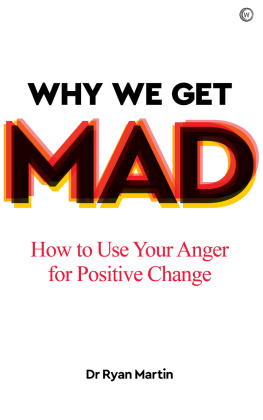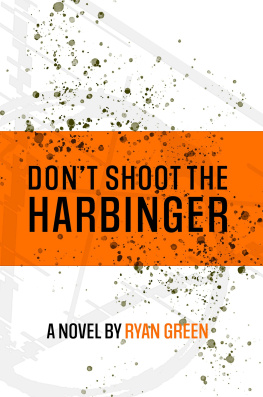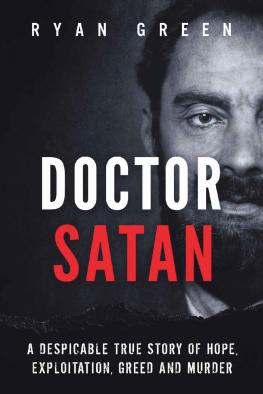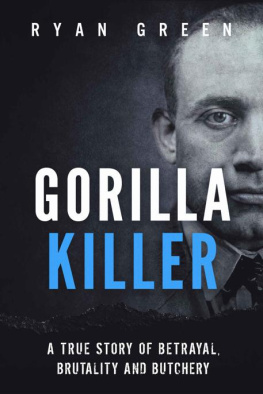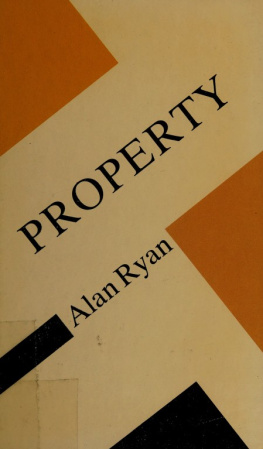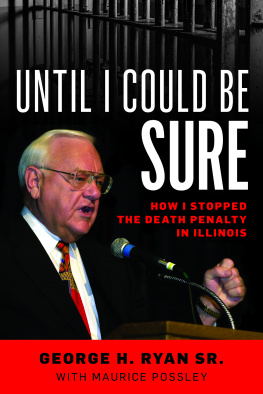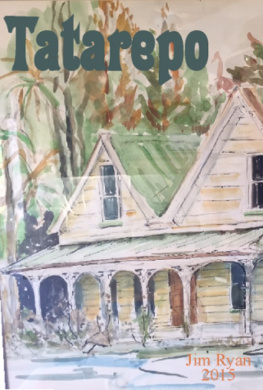Dr Ryan Martin - Why We Get Mad
Here you can read online Dr Ryan Martin - Why We Get Mad full text of the book (entire story) in english for free. Download pdf and epub, get meaning, cover and reviews about this ebook. year: 2021, publisher: Watkins Media, genre: Art. Description of the work, (preface) as well as reviews are available. Best literature library LitArk.com created for fans of good reading and offers a wide selection of genres:
Romance novel
Science fiction
Adventure
Detective
Science
History
Home and family
Prose
Art
Politics
Computer
Non-fiction
Religion
Business
Children
Humor
Choose a favorite category and find really read worthwhile books. Enjoy immersion in the world of imagination, feel the emotions of the characters or learn something new for yourself, make an fascinating discovery.
- Book:Why We Get Mad
- Author:
- Publisher:Watkins Media
- Genre:
- Year:2021
- Rating:5 / 5
- Favourites:Add to favourites
- Your mark:
- 100
- 1
- 2
- 3
- 4
- 5
Why We Get Mad: summary, description and annotation
We offer to read an annotation, description, summary or preface (depends on what the author of the book "Why We Get Mad" wrote himself). If you haven't found the necessary information about the book — write in the comments, we will try to find it.
Why We Get Mad — read online for free the complete book (whole text) full work
Below is the text of the book, divided by pages. System saving the place of the last page read, allows you to conveniently read the book "Why We Get Mad" online for free, without having to search again every time where you left off. Put a bookmark, and you can go to the page where you finished reading at any time.
Font size:
Interval:
Bookmark:


This edition first published in the UK and USA in 2021 by
Watkins, an imprint of Watkins Media Limited
Unit 11, Shepperton House
89-93 Shepperton Road
London
N1 3DF
Design and typography copyright Watkins Media Limited 2021
Text copyright Dr. Ryan Martin 2021
Dr. Ryan Martin has asserted his right under the Copyright, Designs and Patents Act 1988 to be identified as the author of this work.
All rights reserved.
No part of this book may be reproduced or utilized in any form or by any means, electronic or mechanical, without prior permission in writing from the Publishers.
1 3 5 7 9 10 8 6 4 2
Typeset by Lapiz
Printed and bound in the UK by TJ Books Ltd.
A CIP record for this book is available from the British Library
ISBN: 978-1-78678-445-2 (Paperback)
ISBN: 978-1-78678-475-9 (e-book)
www.watkinspublishing.com

For my wife, Tina, and my mom, Sandy,
both of whom inspire me every day.
CONTENTS
PREFACE
To know me well is to know that I love talking and writing about anger. All emotions, really. From sadness to fear to happiness to anger, I love talking with people about their feelings, hearing their emotion stories, and helping them learn to have a healthier emotional life. In fact, I enjoy it so much that about ten years ago I created a new class called the Psychology of Emotion. Here, students and I explore the complex relationships between our feelings, our thoughts, and our behaviors. We study the evolutionary history of emotions and work to better understand both differences and similarities across cultures. We talk about when our emotions become a problem, either because we feel them too often or too intensely, not often or intensely enough, or because we engage in dangerous or otherwise problematic behaviors because of them. Most of all, though, in this class, I debunk the myth that emotions are largely negative by exploring the ways that our feelings help us stay safe, repair relationships, protect ourselves, and right wrongs.
Within this course that I love, though, there are three weeks that stand out as being particularly fun for me, and they are the weeks that we focus on anger specifically. During this unit, we talk about the situations that tend to make us mad, the thoughts we have when we are angry, and how we tend to act when we are angry. We discuss the biology of anger, the role of upbringing and culture in how we experience and express our anger, and the problems that can emerge from poorly managed anger. We also talk about the positives that come from anger when it is managed well.
Both my TED talk from 2019 (Why we get mad and why its healthy) and this book are borne out of that love. I have been researching anger for more than 20 years, since I started graduate school in 1999. In fact, I went to graduate school specifically because I wanted to study anger. As you will see, I grew up around anger in a way that had me constantly thinking about why people get mad and the damage it can cause. In college, I worked at a youth shelter. Many of the kids I worked with there had difficulties managing their anger and it routinely got them into trouble. I wanted to help those kids and others learn to deal more effectively with their anger.
It was in graduate school, though, that I learned that anger was much more complicated and interesting than I first thought. I had grown up thinking anger was almost exclusively bad and we needed to find ways to feel it less often. But those kids at the shelter they had a lot to be angry about. Most of them were growing up in abject poverty. They were food insecure, had inadequate access to educational opportunities, and many of them had been abused or neglected by their parents or foster parents. The world had treated them unfairly and they were understandably angry.
This book is about helping people develop a healthier relationship with their anger. I view anger management differently than a lot of people. To me, anger is not something we should quell or push away. Our anger-management goals should not be simply to relax or feel less angry. Anger serves an important purpose in our lives and just as it is not healthy to lose control, it is not healthy to ignore our anger either. Instead, I think of anger as a fuel. It energizes us to do the things we need to do. But, as with any fuel, we need to control it and channel it in particular ways.
To communicate all of that, I have organized this book in three main sections. is called Anger basics and it serves as an introduction to the emotion of anger. The five chapters there outline what anger is, why people get angry, the types of thoughts we have that lead to anger, the biological underpinnings of anger, and how we perceive angry people differently based on their race or gender. The second part, When anger goes wrong, outlines some of the primary consequences associated with poorly managed anger. In those four chapters, I describe the somewhat complicated relationship between anger and violence, how anger disrupts relationships, the consequences of anger for physical and mental health, and how anger can lead us to make irrational decisions. Finally, the third part of the book, Healthy anger, describes how anger can be understood, managed, and used in positive and prosocial ways. Each chapter includes case studies, relevant research, and activities designed to help you relate to your own anger in productive ways.
The activities, toward the end of each chapter, include all the exercises I have done with my students and clients to help them explore why they become angry, how their anger feels, what it is telling them, and how to best manage it. These activities include brief writing exercises, surveys, and ways to rethink anger. These are tools that will help you, not just as you go through the book, but over time as you work toward experiencing healthy anger.
PART ONE
ANGER BASICS
CHAPTER 1
INTRODUCTION TO ANGER
A misunderstood emotion
I routinely find that people do not know or understand what anger is. They think of it as being the same as the violent or hostile behaviors sometimes associated with it. When they read about mass shootings or riots, they say things like Why is there so much anger in the world? When they hear about a physical altercation, they respond with Sounds like someone has an anger problem. Of course, they might be right. Those might be instances of anger. More than that, though, those things are instances of violence, which is fundamentally different from anger. When we read about physical fights, murders, and mass shootings, a better question to ask is: Why is there so much violence in the world today?. This question is better because perpetrators of mass shootings and domestic violence do not just have anger problems. They might have impulse control problems. They might have power and control issues. They might believe in violence as a reasonable solution to disagreement. There are a host of personality, environmental, and emotional explanations for violence that do not involve anger.
Now, I am not saying that anger is irrelevant in these examples. It likely is relevant. I am saying that these situations involve much more than just anger, and when we focus exclusively on anger, we are missing some other very serious problems. Conversely, anger routinely goes unnoticed in a variety of other circumstances, as it motivates much more than violence, hostility and aggression.
Next pageFont size:
Interval:
Bookmark:
Similar books «Why We Get Mad»
Look at similar books to Why We Get Mad. We have selected literature similar in name and meaning in the hope of providing readers with more options to find new, interesting, not yet read works.
Discussion, reviews of the book Why We Get Mad and just readers' own opinions. Leave your comments, write what you think about the work, its meaning or the main characters. Specify what exactly you liked and what you didn't like, and why you think so.

